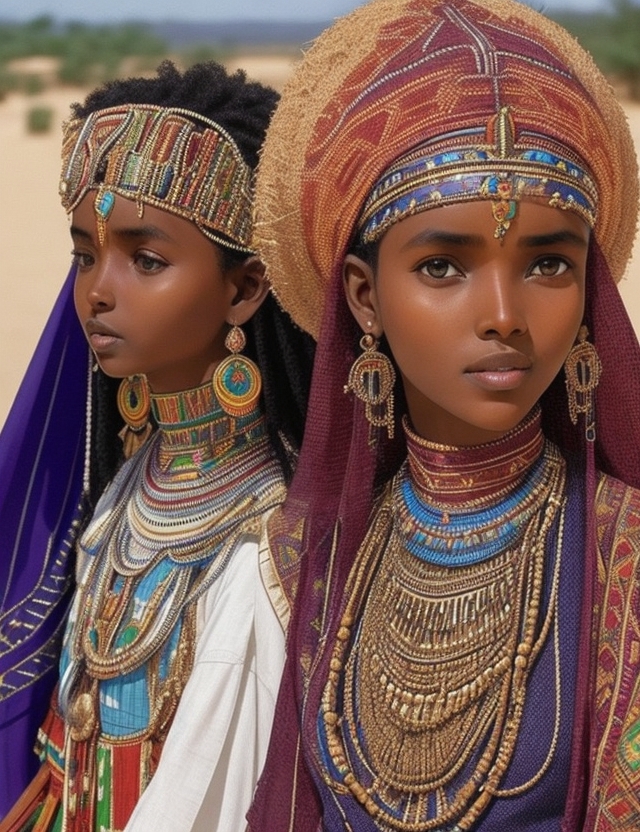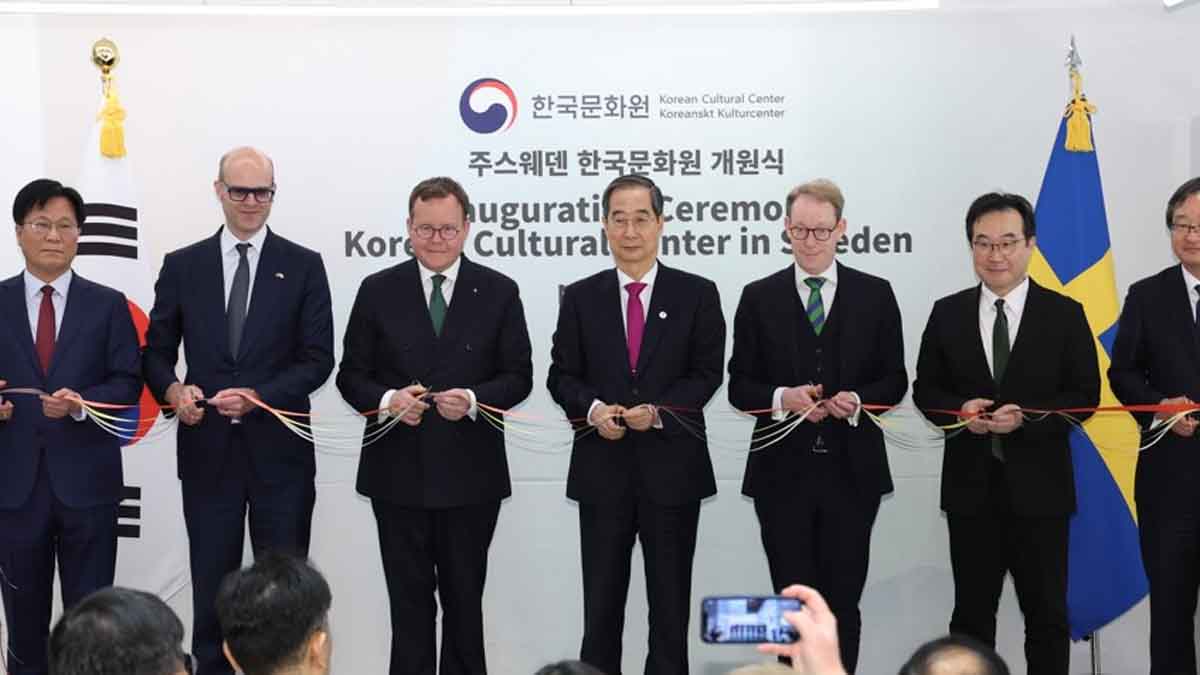Weaving Tradition, Resilience, and Harmony: The Afar Way of Life

The Afar People of the Horn of Africa
The Afar people are a Cushitic-speaking ethnic group inhabiting the Horn of Africa. They primarily live in the Afar Region of Ethiopia and in northern Djibouti, as well as the entire southern coast of Eritrea. The Afar speak the Afar language, which is part of the Cushitic branch of the Afroasiatic family. Afars are the only inhabitants of the Horn of Africa whose traditional territories border both the Red Sea and the Gulf of Aden.
The Afar are a proud and independent people the Afar Culture with a rich culture and history. They are traditionally pastoralists, raising goats, sheep, and cattle in the harsh desert environment. However, in recent years, many Afar have been forced to abandon their traditional way of life due to drought and conflict.
The Afar are known for their martial prowess. They have a long history of fighting against outsiders, and they are considered to be one of the most feared warriors in the Horn of Africa. The Afar also has a strong sense of community and tradition. They are known for their hospitality and their commitment to their culture.
Afar Culture
The Afar culture is a complex and fascinating one. It is influenced by a variety of factors, including the harsh desert environment, the nomadic lifestyle, and the Islamic religion.
One of the most important aspects of Afar culture is the family. The Afar are patrilineal, which means that property and inheritance are passed down through the male line. The extended family is the basic unit of Afar society, and it provides social support and protection.
Another important aspect of Afar culture is Islam. The Afar converted to Islam in the 13th century, and it played a major role in shaping their culture. The Afar are devout Muslims, and they follow the teachings of the Quran and the Hadith.

The Afar also has a rich oral tradition. They have a number of stories, poems, and songs that tell the history and culture of their people. These stories are passed down from generation to generation, and they help to preserve the Afar identity.
Afar Clothing
The Afar people have a distinctive style of clothing. The men typically wear a long white shirt and a sarong, while the women wear a long black dress. Both men and women wear a turban on their heads.
The Afar clothing is made from simple materials, such as cotton and wool. It is designed to be practical and comfortable in the hot desert climate. The clothing is also often decorated with intricate embroidery, which is a way for the Afar to express their creativity and individuality.
Afar Food
The Afar diet is based on the foods that are available in the desert environment. The staple food is milk, which is obtained from goats, sheep, and camels. The Afar also eats a variety of other foods, such as meat, vegetables, and grains.

One of the most popular Afar dishes is a type of stew called Shiro. Shiro is made from chickpeas, spices, and herbs. It is a hearty and flavorful dish that is perfect for a hot day.
The Afar also enjoys a variety of other dishes, such as lamb kebabs, lentil soup, and flatbread. Their food is often cooked over an open fire, which gives it a smoky flavor.
Afar Music and Dance
The Afar people have a rich tradition of music and dance. The music is typically played on traditional instruments, such as the krar (a stringed instrument) and the mango (a single-stringed instrument). The dance is often accompanied by drumming and singing.
Afar music and dance are a way for Afar to express themselves and their culture. They are also a way for the Afar to celebrate important events, such as weddings and festivals.

The Future of the Afar People
The Afar people are facing a number of challenges, including drought, conflict, and poverty. However, they are resilient people with a strong culture. They are determined to preserve their way of life and to build a better future for their children.
The Afar people are an important part of the Horn of Africa. They have a rich culture and history that should be preserved. The international community should support the Afar people in their efforts to overcome the challenges they face and to build a better future.
I hope this article has given you a better understanding of the Afar people and their culture. If you are interested in learning more, I encourage you to visit the Afar Region of Ethiopia or Djibouti. You can also find more information online or in libraries.
Afar Culture: A Rich Tapestry Weaving Djibouti, Ethiopia, and Eritrea
The Afar people, also known as the Danakil, are an ancient and distinct ethnic group with a rich cultural heritage that spans the horn of Africa, primarily in Djibouti, Ethiopia, and Eritrea. This nomadic pastoralist society, deeply rooted in tradition, has cultivated a unique way of life that reflects their resilience, adaptability, and reverence for their harsh yet breathtaking environment.
Historical Background:
The Afar culture has thrived for centuries in the challenging terrain of the Afar Triangle, a region marked by arid deserts, volcanic landscapes, and the Great Rift Valley. With a history that dates back to ancient times, the Afar people have navigated this harsh environment through a strong sense of community, resourcefulness, and close ties to their surroundings.
Language and Identity:
Central to the Afar culture is their language, Afar, which belongs to the Cushitic branch of the Afroasiatic language family. The Afar language not only serves as a means of communication but also holds cultural and historical significance, allowing the transmission of oral traditions, folklore, and wisdom from one generation to the next. It is through their language that the Afar people reinforce their unique identity and connections to their past.
Nomadic Lifestyle:
Traditionally, the Afar have been semi-nomadic pastoralists, relying on the rearing of livestock such as camels, goats, and sheep for sustenance and trade. The vast desert landscapes and the scarcity of water have necessitated a mobile way of life, where Afar families move in search of grazing land and water sources. This nomadic lifestyle has fostered a deep understanding of their environment, enabling them to navigate its challenges while preserving its delicate ecological balance.
Cultural Expressions:
The Afar culture is richly expressed through various art forms, music, dance, and rituals. Afar men and women skillfully craft jewelry, pottery, and textiles, reflecting their vibrant creativity and traditional craftsmanship. Music and dance play a pivotal role in Afar celebrations, such as weddings and coming-of-age ceremonies, where rhythmic movements and melodious tunes convey their stories, values, and aspirations.

Spirituality and Belief Systems:
Afar spirituality is deeply intertwined with their natural surroundings. Traditional beliefs center around the reverence of spirits that inhabit the land, mountains, and water sources. The active volcanoes of the region hold special significance, often considered as a bridge between the earthly and spiritual realms. Afar rituals, marked by chants, dance, and offerings, are performed to seek protection, fertility, and guidance from these spirits.
Challenges and Modernity:
In recent times, the Afar culture Wiki History looks has faced challenges posed by modernization, changing political dynamics, and environmental shifts. The pressures of urbanization and the encroachment of outside influences have led to shifts in traditional practices and ways of life. Efforts to balance the preservation of cultural heritage with the demands of contemporary society highlight the resilience of the Afar people as they navigate a complex landscape of change.

Conclusion:
The Afar culture, deeply rooted in the arid landscapes of Djibouti, Ethiopia, and Eritrea, is a testament to human adaptability, community strength, and the profound connection between people and their environment. As they continue to face the evolving challenges of the modern world, the Afar people hold onto their rich cultural traditions, serving as a source of inspiration and a reminder of the intricate tapestry that weaves together the threads of their history, identity, and aspirations.



